New approach to finding exoplanets
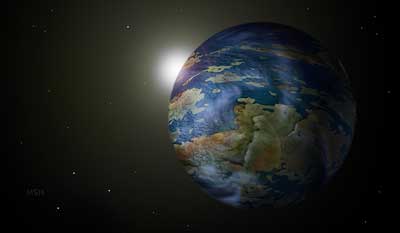 Searching a sea of 'noise' to find exoplanets - using only data as a guide.
Searching a sea of 'noise' to find exoplanets - using only data as a guide.
Dec 20th, 2016
Read more
 Subscribe to our Space Exploration News feed
Subscribe to our Space Exploration News feed
 Searching a sea of 'noise' to find exoplanets - using only data as a guide.
Searching a sea of 'noise' to find exoplanets - using only data as a guide.
Dec 20th, 2016
Read more Scientists working at CERN have made a landmark finding, taking them one step closer to answering the question of why matter exists and illuminating the mysteries of the Big Bang and the birth of the Universe.
Scientists working at CERN have made a landmark finding, taking them one step closer to answering the question of why matter exists and illuminating the mysteries of the Big Bang and the birth of the Universe.
Dec 20th, 2016
Read more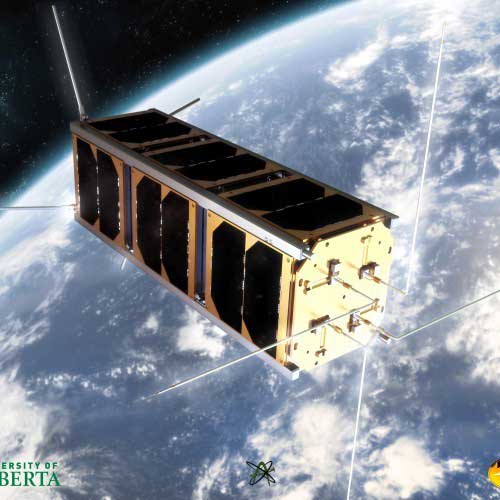 Smaller, faster, cheaper - miniaturised space technology opens the door to future University-based space exploration.
Smaller, faster, cheaper - miniaturised space technology opens the door to future University-based space exploration.
Dec 19th, 2016
Read more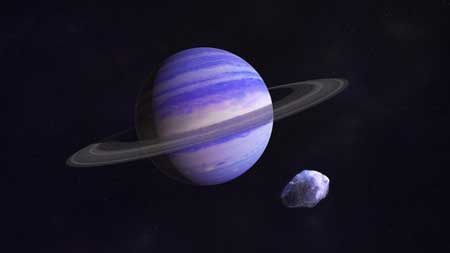 A new statistical study of planets found by a technique called gravitational microlensing suggests that Neptune-mass worlds are likely the most common type of planet to form in the icy outer realms of planetary systems.
A new statistical study of planets found by a technique called gravitational microlensing suggests that Neptune-mass worlds are likely the most common type of planet to form in the icy outer realms of planetary systems.
Dec 15th, 2016
Read more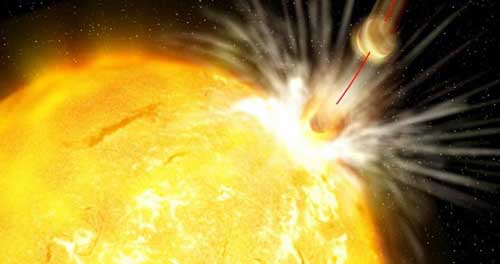 An international team of scientists has made the rare discovery of a planetary system with a host star similar to Earth's sun. Especially intriguing is the star's unusual composition, which indicates it ingested some of its planets.
An international team of scientists has made the rare discovery of a planetary system with a host star similar to Earth's sun. Especially intriguing is the star's unusual composition, which indicates it ingested some of its planets.
Dec 15th, 2016
Read more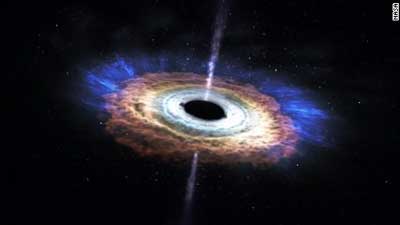 Researchers have developed a method that will detect roughly 10 black holes per year, doubling the number currently known within two years, and it will likely unlock the history of black holes in a little more than a decade.
Researchers have developed a method that will detect roughly 10 black holes per year, doubling the number currently known within two years, and it will likely unlock the history of black holes in a little more than a decade.
Dec 15th, 2016
Read more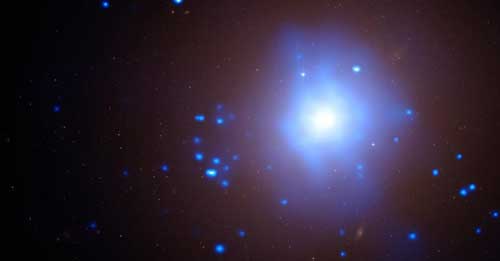 The brightest flash of light in the cosmos could be a rare event involving a star and a supermassive black hole.
The brightest flash of light in the cosmos could be a rare event involving a star and a supermassive black hole.
Dec 15th, 2016
Read more Device modulates polarization across wide range of microwave frequencies to map radiation from shortly after the Big Bang.
Device modulates polarization across wide range of microwave frequencies to map radiation from shortly after the Big Bang.
Dec 13th, 2016
Read more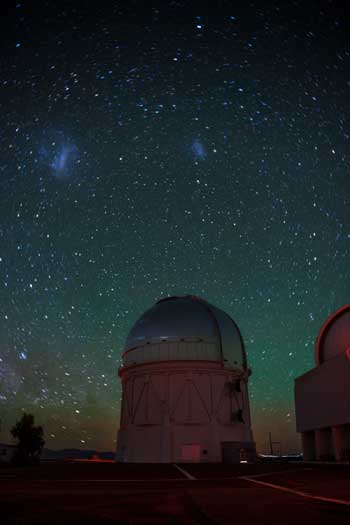 Thanks to scientists on the Dark Energy Survey (DES), the solar system just got another member.
Thanks to scientists on the Dark Energy Survey (DES), the solar system just got another member.
Dec 12th, 2016
Read more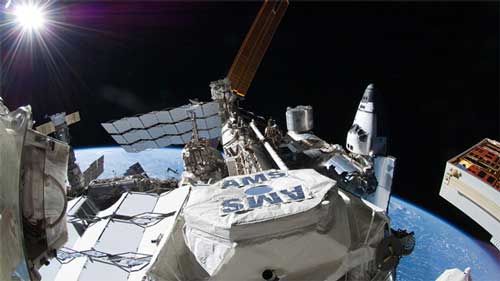 What have scientists learned in five years of studying cosmic rays with the Alpha Magnetic Spectrometer experiment?
What have scientists learned in five years of studying cosmic rays with the Alpha Magnetic Spectrometer experiment?
Dec 12th, 2016
Read more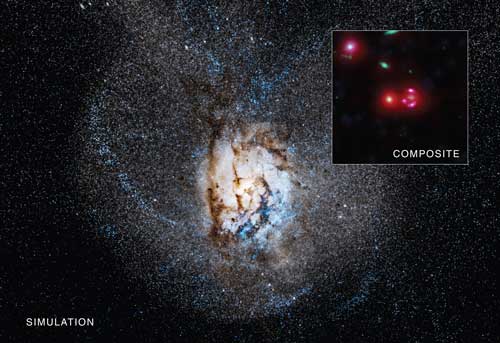 A recently discovered galaxy is undergoing an extraordinary boom of stellar construction, revealed by a group of astronomers using NASA's Chandra X-Ray Observatory.
A recently discovered galaxy is undergoing an extraordinary boom of stellar construction, revealed by a group of astronomers using NASA's Chandra X-Ray Observatory.
Dec 8th, 2016
Read more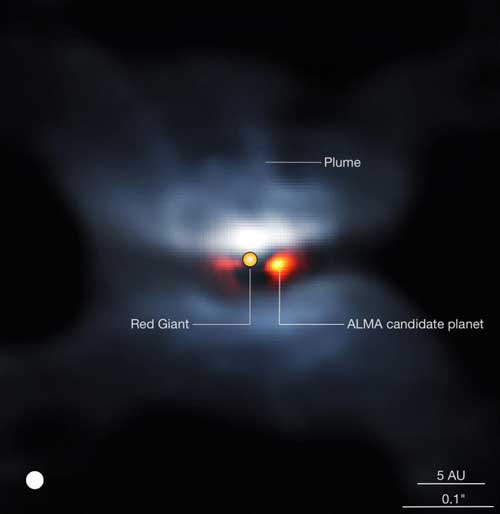 What will happen to Earth when, in a few billion years' time, the Sun is a hundred times bigger than it is today? Using the most powerful radio telescope in the world, an international team of astronomers has set out to look for answers in the star L2 Puppis. Five billion years ago, this star was very similar to the Sun as it is today.
What will happen to Earth when, in a few billion years' time, the Sun is a hundred times bigger than it is today? Using the most powerful radio telescope in the world, an international team of astronomers has set out to look for answers in the star L2 Puppis. Five billion years ago, this star was very similar to the Sun as it is today.
Dec 8th, 2016
Read more Astronomers find most massive double neutron star system with Einstein@Home.
Astronomers find most massive double neutron star system with Einstein@Home.
Dec 8th, 2016
Read more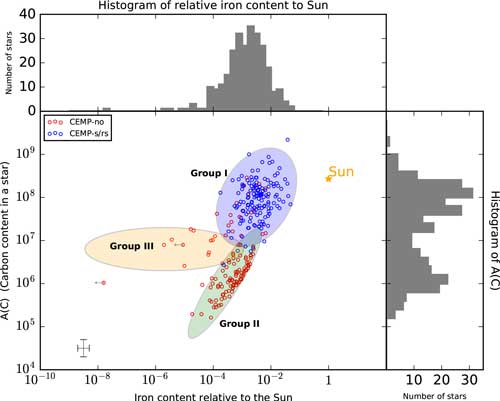 Astronomers have identified what they believe to be the second generation of stars, shedding light on the nature of the universe's first stars.
Astronomers have identified what they believe to be the second generation of stars, shedding light on the nature of the universe's first stars.
Dec 6th, 2016
Read more Scientists have developed a new optical chip for a telescope that enables astronomers to have a clear view of alien planets that may support life.
Scientists have developed a new optical chip for a telescope that enables astronomers to have a clear view of alien planets that may support life.
Dec 6th, 2016
Read more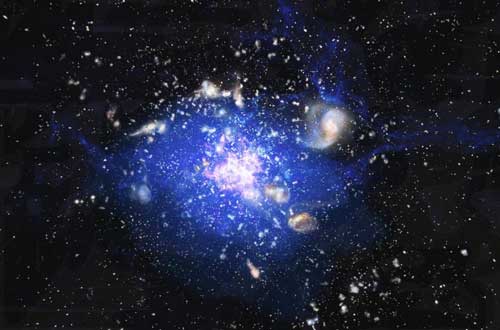 International team of scientists has discovered that the biggest galaxies in the universe develop in cosmic clouds of cold gas.
International team of scientists has discovered that the biggest galaxies in the universe develop in cosmic clouds of cold gas.
Dec 2nd, 2016
Read more An international team of scientists showed that solar winds transport way more energy towards the Earth than previously thought.
An international team of scientists showed that solar winds transport way more energy towards the Earth than previously thought.
Dec 1st, 2016
Read more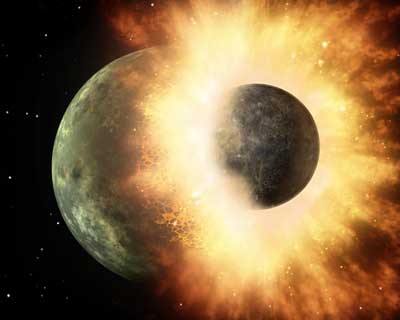 Same class of algorithms used by Google and Netflix can also tell us if distant planetary systems are stable or not.
Same class of algorithms used by Google and Netflix can also tell us if distant planetary systems are stable or not.
Dec 1st, 2016
Read more